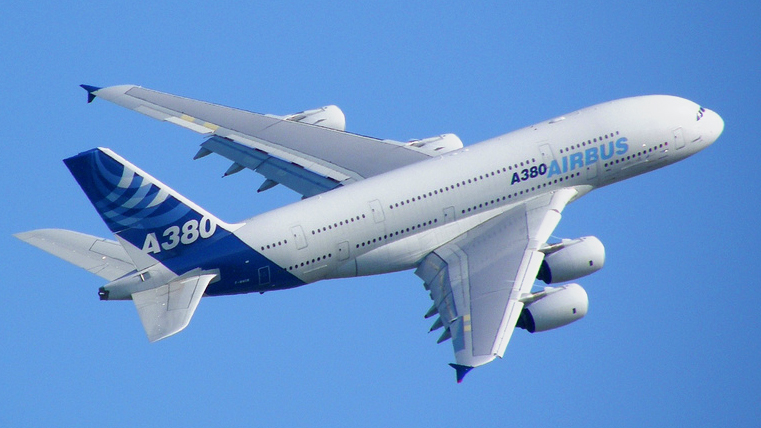Airbus Identifies Heat and Humidity as Causes of A380 Wing-Spar Cracking

Airbus has determined that hydrogen assisted cracking, also known as hydrogen embrittlement, is responsible for the accelerated development of cracks in specific wing spars of Airbus A380s that have been stored for extended periods. Pierre-Henri Brousse, head of the A380 program, highlighted temperature and moisture as the primary factors contributing to the phenomenon. When exposed to extreme weather conditions during ground storage, hydrogen diffuses into the materials, causing embrittlement of the aluminum alloy and facilitating crack propagation.
In response to these findings, the European Union Aviation Safety Agency (EASA) issued an airworthiness directive on May 11. The directive introduces the concept of “factored time on ground” (FTOG) and mandates inspections and potential repairs based on the aircraft’s age and maximum takeoff weight (MTOW) threshold of 510 tons. The affected areas are the top and bottom flanges of the outer rear spar (ORS) between ribs 33 and 49.
EASA and Airbus had previously determined in 2019 that inspections should be conducted 15 years after the date of wingbox assembly. However, subsequent inspections revealed cracking in aircraft younger than the originally defined threshold. Airbus conducted extensive data analysis, which indicated that storage conditions significantly influenced the rate of crack development.
While the findings have no substantial implications for the storage recommendations of the A380 or other Airbus aircraft, the affected aluminum alloy is no longer used in any other Airbus models. Repairs involve replacing the affected parts with a different material.
The specific airlines most affected by these defects have not been disclosed by Airbus, but Emirates acknowledged dealing with the issue in November 2022. Airlines that stored their A380s in locations with high temperatures and humidity, such as during the pandemic, may be more susceptible to the cracking issue. Capacity for repairs remains a challenge, but Airbus is actively seeking additional MRO providers with A380 capability and capacity to address the issue.
Emirates, for instance, is prioritizing the return of younger aircraft to avoid triggering inspection intervals prematurely. The airline is reviewing the requirements outlined in the EASA airworthiness directive and expects minimal disruption to its A380 operations. Emirates is also working on mid-to-long-term MRO support requirements, with repairs anticipated to be conducted at Emirates’ Engineering Center and potentially supplemented by Airbus and other MRO partners.
In total, there are currently 135 active A380s, with Emirates operating the majority of them. Wing inspections typically take about one week and can be performed by airlines in-house. Repair methods include local stopholes, reinforcements, or part replacements, with repair durations varying depending on the extent of the damage.
